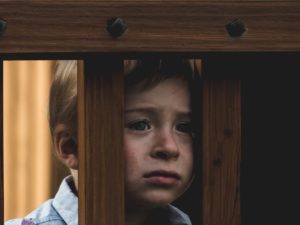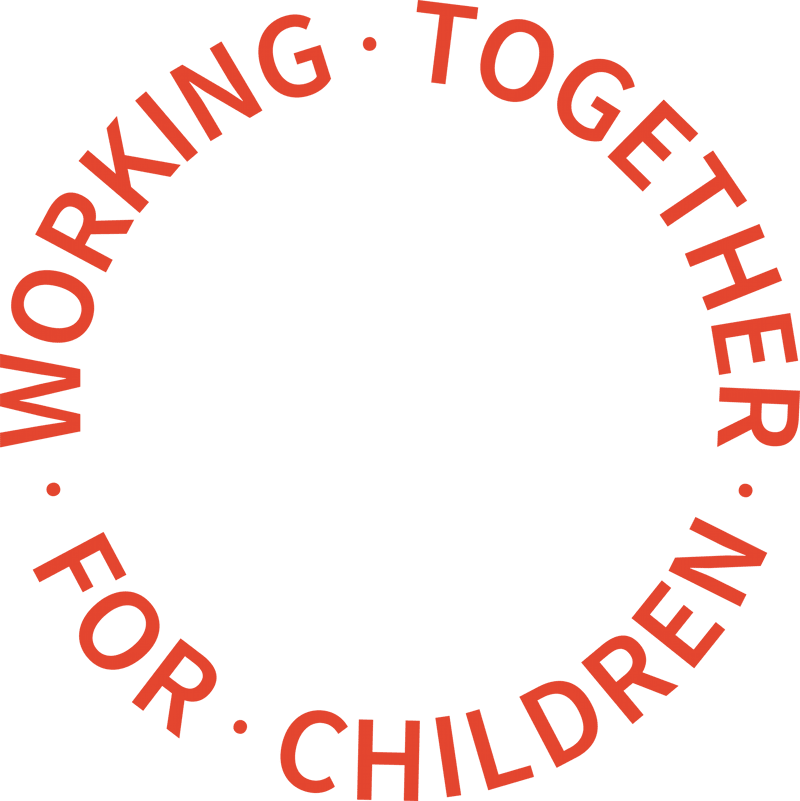Professionals are not always equipped to identify potential signs of sexual abuse, learning from Serious Case Reviews suggests.

Explanations from parents and carers or health professionals are often accepted over physical and behavioural indicators presented by the child, said the NSPCC's report 'Child sexual abuse: learning from case reviews'.
Professionals may also have a lack of knowledge of the child's history meaning they miss signs of potential abuse.
"Incidents, behaviours and physical indicators may be viewed as ‘one-offs’ because of an incomplete understanding of the child’s history. This can lead to delays in putting child protection measures in place," said the report.
"High staff turnover and low staffing can mean professionals are less able to build a strong relationship with the child and carry out full assessments of parents, carers and the child’s environment. This can lead to the child feeling unable to disclose, decreasing the likelihood of identifying sexual abuse," it added.
Perpetrators may groom professionals too
The briefing is based on case reviews published since 2017 where children were victims of sexual abuse. It summarises and highlights the learning contained in the published report.
It states that professional curiosity is key. Parents and carers may give explanations for behaviours, physical indicators and incidents which professionals accept without effective challenge. Professionals need to continually challenge the source of children’s distress as otherwise opportunities to recognise and stop sexual abuse can be missed. It may also mean that child protection arrangements are ended prematurely.Professionals may assume that children in care are already sufficiently safeguarded, and this can lead to them not investigating concerns thoroughly.
"As well as grooming children, perpetrators of sexual abuse can groom professionals into trusting or believing them. This can lead to a delay in detecting sexual abuse," the learning briefing says.
Increased risk
It also highlights that inefficient or ineffective multi-agency working can also result in missed opportunities to safeguard children, particularly if multi-agency processes are not well embedded in local and national systems.
If agencies do not share information effectively, practitioners may view events in isolation, which can delay the identification and assessment of risks and the instigation of appropriate child protection measures.
The Serious Case Reviews said that professionals are not always aware that some children are at an increased risk of abuse or do not understand how to protect them. Vulnerable children perceived to be less able to protect themselves are deliberately targeted by perpetrators.
Professionals may attribute a child’s behaviour to a learning difficulty or previous trauma that they have experienced rather than recognising the behaviour as an indicator of sexual abuse. As a result, concerns may not be fully investigated and, in some cases, disclosures may not be believed.
Professionals do not always conduct regular and thorough reviews of foster carers who may be unable to protect children or who may commit abuse themselves.
Confident
The briefing recommends that professionals should receive regular training to be able to identify and report signs of sexual abuse. Practitioners’ confidence in recognising and naming sexual abuse should be developed across agencies.
Practitioners should be vigilante of potential of signs of sexual abuse which may ‘hide’ behind other factors, such as neglect or domestic abuse. Practitioners need to be confident when responding to adult behaviour that might indicate a risk to children, including grooming or a reluctance or refusal to allow a child to be interviewed. When signs of potential sexual abuse are identified, practitioners must always investigate thoroughly, even if other explanations are offered.
The report also recommends that professionals view all possible indicators of abuse together rather in isolation to build a holistic picture of the child’s environment and experiences.
A long-term stable relationship should be built between professionals and the child to encourage the child to trust the practitioner. Children should be seen alone and in a safe space which encourages them to talk.
Children may disclose their experiences in various ways - through their behaviour, non-verbally such as attention seeking or in drawings.
All disclosures of sexual abuse need to be investigated, recorded and responded to fully and accurately and measures should be put in place to safeguard the child. Safeguarding measures should not automatically be removed solely because disclosures are not corroborated by parents, carers or medical examiners.
"Practitioners should not wait for a child to make a disclosure before investigating concerns about sexual abuse. Practitioners should not take a lack of disclosure from a child to mean that abuse has not occurred," said the report.
Professional curiosity
Professionals should not be deterred by resistant parents and should maintain critical thinking in these circumstances and remain focused on the child’s welfare.
The briefing states that practitioners need to maintain professional curiosity at all times and not just accept alternative explanations for a child's behaviour, especially regarding vulnerable children. Professionals also need to challenge one another about child protection actions and decisions. Even if other agencies such as the police and health services cannot evidence sexual abuse, professionals should remain curious about the source of the child’s distress, behaviour or physical indicators of abuse.
Practitioners and professionals must work together to ensure that sexual abuse is identified and responded to appropriately. Agencies need to work together to discover sexual abuse, which may ‘hide’ behind other kinds of abuse, and put in place the appropriate level of support at the right time, the briefing adds.
It also recommends that full assessments of foster carers’ ability and suitability to look after children are carried out before and throughout the placement of the child in their care.Special measures should be put in place to supervise foster carers if there are concerns about their ability to meet the needs of and protect the child.
"The impact of sexual abuse and of any investigations on the child and on practitioners should be continuously reviewed. Long- and short-term support services tailored to individual therapeutic needs should be available for children who have experienced sexual abuse as well as practitioners working with victims of sexual abuse," the report concludes.
Child sexual abuse: learning from case reviews


